What´s Behind the Hatred of the Cuban Revolution
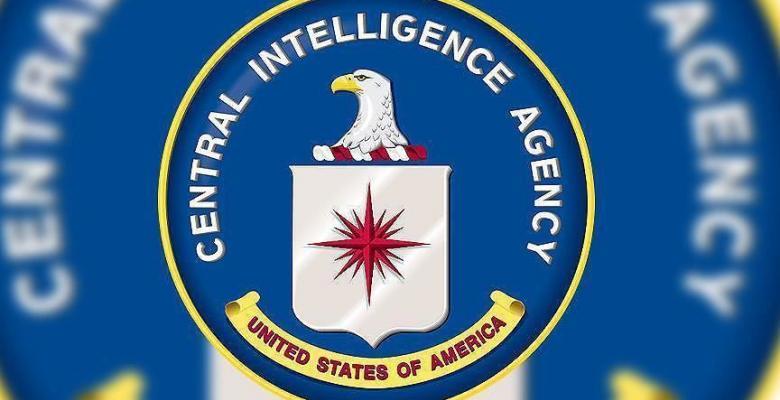
The unnatural obsession the United States government manifests against the Cuban revolution is not understood by many outside Cuba, but the reality is that in 1959 they deeply felt the loss of their most precious neo-colony in the Western Hemisphere, something similar to what Spain suffered in the early 20 century.
By signing the Treaty of Paris with Spain, the United States took over the Island and its economy, imposed its laws and regulations that allowed it to do whatever it wanted, including placing in the presidency of the republic those politicians who guaranteed their most important interests.
In this regard, the biggest lackey was Fulgencio Batista Zaldívar, who despite his crimes was never sanctioned or repressed, because he complied to the letter with all the instructions received from Washington.
In the midst of the witch hunt unleashed in the United States against everything that seemed to be communism, Batista received instructions to do the same on the Island and created a secret anti-communist organization, directed against revolutionary organizations and the labor movement, known as the American Democratic Integration Movement (MIDA in spanish).
Declassified documents indicate that the CIA provided significant financial funds to support its subversive work, among which was the recruitment of people in different social sectors, who reported on possible communists or people who collaborated with them.
The MIDA was directed by the Batista minister Ernesto de la Fe and on its payroll had thugs paid by the governments of Carlos Prío, even the Dominican tyrant Rafael Leónidas Trujillo, such as Rafael Soler Puig, A.K.A. El Muerto, murderer of the Cuban port leader Aracelio Iglesias and the Dominican exiled Manuel (Pipí) Hernández Santana.
The CIA claims that, in the mid-1950s, its Station in Havana ran seven counterintelligence projects, most directed against the Popular Socialist Party (PSP), but its funds were also used to support the efforts of an anti-communist organization, mainly in charge of propaganda activities, in obvious reference to MIDA.
The CIA financed undercover agents "seeded" in Cuban civil society and, in collusion with Batista's repressive bodies, provided secret technical resources for monitoring, telephone control, and wiretapping against citizens who were active in revolutionary and progressive movements in the country.
In addition, he strengthened the coaching on the police-repressive body of the dictatorship, together with the Federal Bureau of Investigation (FBI) and they "recommended" Batista to create a repressive apparatus against the communist movement, including the leaders of political, and student organizations, as well as social groups whom he dimmed adversaries, known as the Bureau for the Repression of Communist Activities (BRAC in Spanish).
The BRAC was officially born by Presidential Decree No. 1307 of May 4, 1955, snarled with the Ministry of Interior and was described as "the ideal instrument to confront the terrible threat of red barbarism."
That paramilitary structure was publicly subordinated to the Minister of Interior as its president and Lieutenant Colonel Mariano Faget Díaz, as general secretary. The second chief was Lieutenant José Castaño Quevedo, who also served as a CIA "liaison agent" stationed in Havana.
Since years 1954-1955, the BRAC was directly ran by dictator Fulgencio Batista and to have an accurate idea of who directed its actions, there’s the letter that Allen Dulles, CIA director, sent him on July 15, 1955, "suggesting" the sending of one of the BRAC leaders to Washington, to discuss some of the techniques used to fight the activities of international communism.
The most important department of BRAC was the Central Operations Agency, which had branches in each army regiment, in each Navy Post and in the Propaganda and Materials Section. The Propaganda and Materials Section was advised by the head of propaganda of Batista's government team, the North American Edmund Chester, who in turn was liaison with the diplomatic headquarters in Havana
On January 12, 1959, in one of the archives of the offices of Batista's Military Intelligence Service (MIS), the revolutionary forces occupied a list with a private telephone number, corresponding to the Yankee embassy in Havana and the names of five diplomats: Charles Edward Wilson (CIA officer with the covering of 1st Secretary), John Joseph Wachter (FBI special agent with the covering of Legal Attaché), Elton T. Prather (Immigration Officer), Albert George Vaughan (CIA officer with the title of Diplomatic Attaché) ) and David S. Morales (CIA officer with the facade of Diplomatic Attaché, in addition to documents as members of the Military Intelligence Service (MIS).
Hundreds of young revolutionaries were tortured and murdered, and their bodies were dumped in hidden places or in the middle of the road, to serve as a lesson. Others were buried in clandestine places or thrown into the sea.
The Yankee involvement in Cuba was so deep that they used, for the convenience of the FBI and the CIA, North American companies based in the country, such as the Cuban Telephone Company, where several of its officials and employees were recruited to support the secret work of listening to the calls. of people of interest. That telephone tapping work was located within the structure of the Investigation Department of Batista’s Police, its boss was Colonel Orlando Piedra Neguerela, who also held the position of supervisor of the Secret and Judicial Police.
The illegal CIA officer John Meckples Espiritto declared that before the triumph of the Revolution the CIA Station had technical positions in Cuba and in addition to telephone tapping, they had wiring devices in hotels and other places, specifically at Hotel Victoria located in Vedado, where they used two rooms with microphones to record interviews with their agents. They also used the Deauville Hotel, with rooms prepared with secret technique. Its owner, Sam Kay, was a CIA collaborator.
Philip Agee, CIA officer, in his book "Inside The Company, CIA Diary", exposes information on the operations carried out by the TSD and the CIA in Latin America and in Cuban embassies and facilities.
The use of North American companies and airlines has been widely reported due to scandals that have occurred. In Cuba the CIA used the Pan American Aviation company, PPA, for secret communications with its agents.
The direction of the repressive work in Cuba was designed from the United States and proof of this was the visit to Cuba of the CIA director, Allen Dulles, days before the release of the assailants from the Moncada barracks, on May 15, 1955.
Despite the crimes of Batista dictatorship, the Yankee intelligence community never criticized or sanctioned that government, they always worked to support it and this is confirmed in the three visits to Cuba carried out by Lyman Kirkpatrick, CIA Inspector General.
It's indisputable that the general staff of the fight against the revolutionary labor movement was located in the Station within the Yankee diplomatic headquarters and the direct work of its officers increased the efficiency of police repression forces of the dictatorship, with the purpose of increasing the obtaining of information that the FBI and the CIA required.
They controlled everything in Cuba, even the information of people who applied for driving licenses, was sent to the data banks of the North American intelligence community.
A document from John Foster Dulles, Yankee Secretary of State, dated July 2, 1958, addressed to his embassy in Havana, requests a special study on the communist influence on the leaders of the revolutionary movement, political parties, student circles, intellectuals, labor movement and the media, which had to be done "in consultation with the appropriate North American agencies."
The hatred of the United States against Cuba arises when they could not prevent the victory of the rebel army led by Fidel Castro and not because their properties on the Island were nationalized.
The manuscript of the meeting of the Security Council, on December 23, 1958, records the considerations of President Dwight D. Eisenhower, regarding the situation in Cuba and the need for Batista to leave power:
"A third force could grow in influence and strength, if a capable person is selected and guaranteed the necessary money and weaponry."
At that same meeting, Allen Dulles, CIA director, declared: "It’s necessary to prevent Castro's victory."
Dulles vehemently defended the view that a victory for Fidel Castro was not in the best interests of the United States, which is why the CIA spared no effort to support possible coup plans among the Cuban military leadership and try to prevent the imminent victory of the rebel army.
At 3:40 p.m. on December 3, 1958, Eisenhower chaired a meeting, the transcription of such meeting reflects elements of the existing uncertainty and the analysis of the probable steps to follow:
"[…] Batista is preparing to leave Cuba and possible action by the United States, including direct intervention by the United States Marines, was among the issues that were discussed. There was some suggestion that the United States take over the responsibility of appointing the members of a Board that would replace Batista, instead of allowing Fidel Castro and his followers to occupy the government of Cuba [...]".
Now they may make up stories, but the truth is that they don’t accept their failure and that’s why they have a socialist nation 90 miles away that they want to drown at any cost.
José Martí is right when he stated:
“NOTHING IS FAIRER THAN LEAVING IN TRUE POINT THE THINGS OF HISTORY”
Translated by Amilkal Labañino / CubaSí Translation Staff


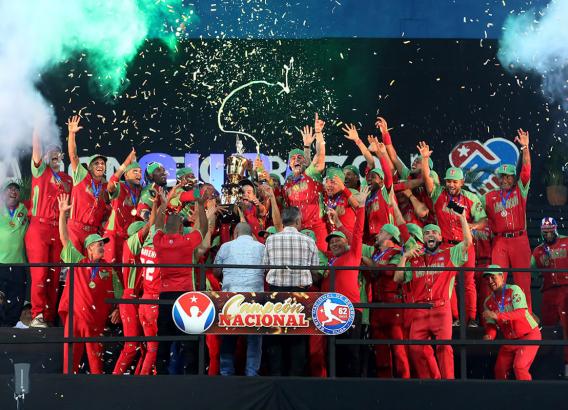
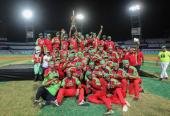



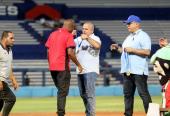
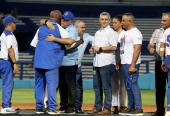




Add new comment